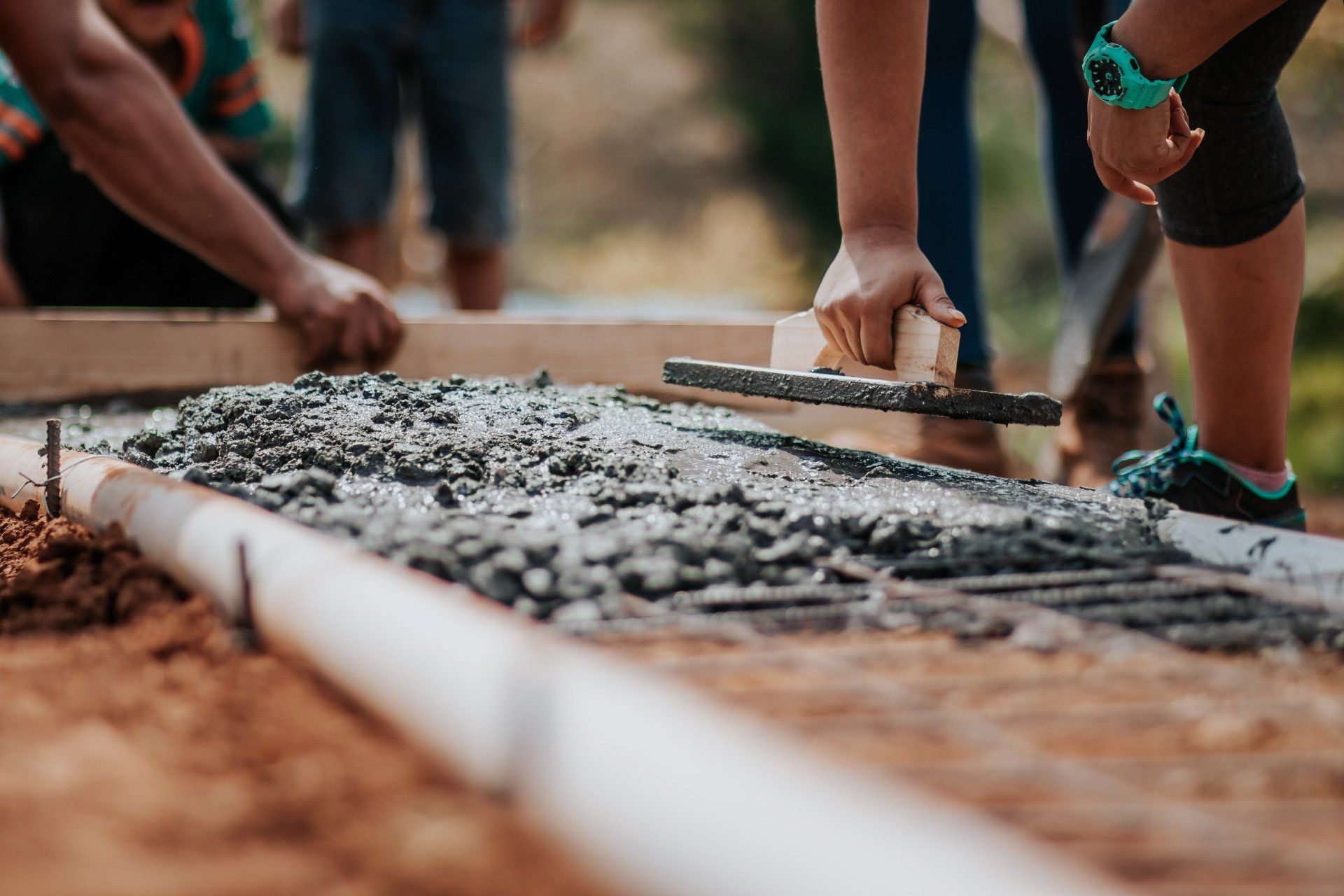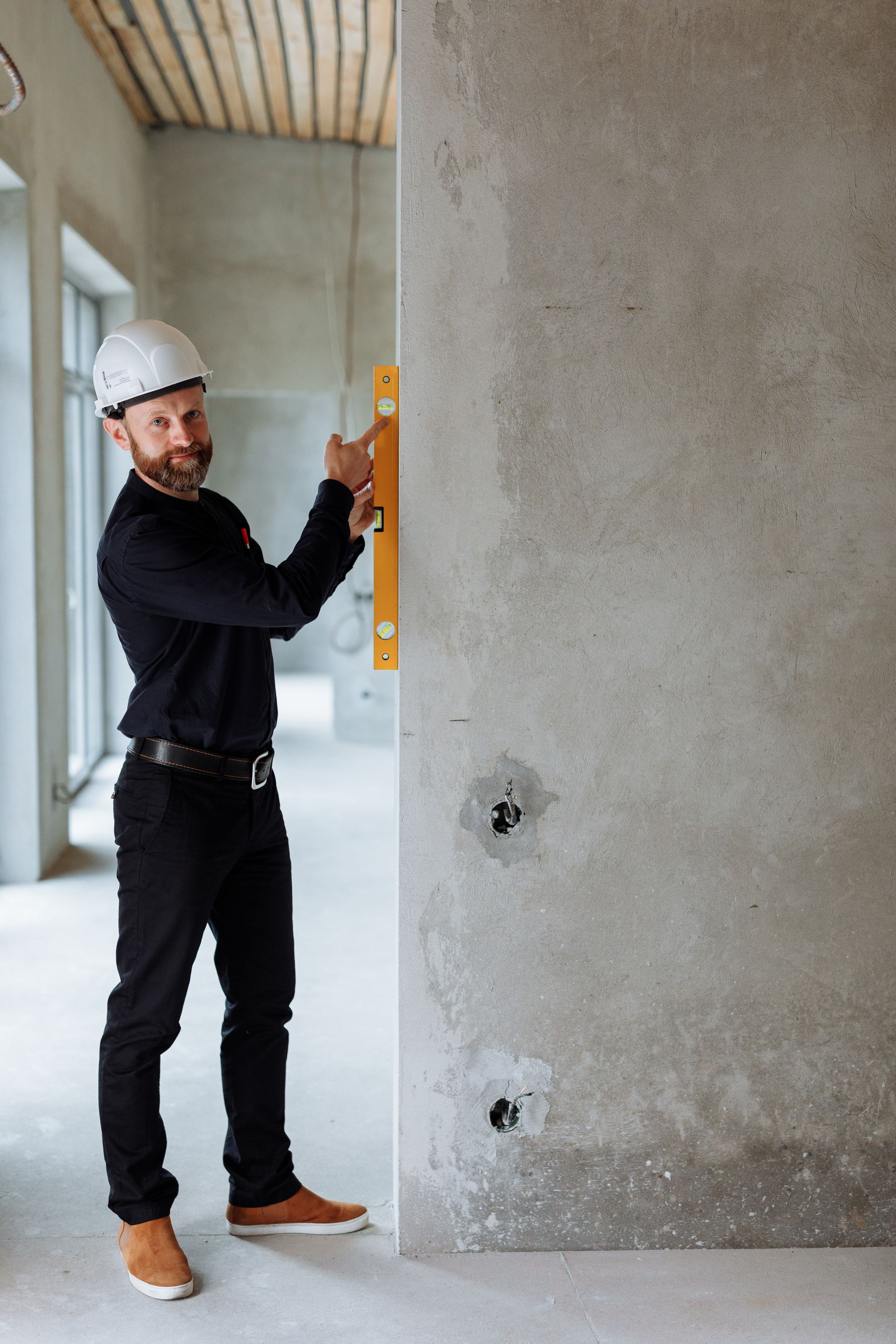Radon Risks Decoded: How to Detect,Test, and Mitigate Effectively
Ensuring Safety in the Shadows: A Comprehensive Guide to Radon Management
Radon gas is a silent intruder, seeping into homes from the ground and posing a significant health risk to occupants without any smell or color to alert them of its presence. The need for effective radon mitigation has never been more critical, as increased awareness of radon’s role as a leading cause of lung cancer in non-smokers has risen. This comprehensive guide aims to unravel the complexities of radon risks, detailing the processes of detection, testing, and mitigation to ensure your home remains a safe haven.

Understanding Radon and Its Risks
Radon gas originates from the natural breakdown of uranium in soil, rock, and water, infiltrating homes through cracks in floors, walls, and foundations. Once inside, radon accumulates and can reach harmful levels if not properly managed. The first step in safeguarding your home from radon is understanding the necessity of a radon mitigation system, which works to reduce radon levels and minimize health risks.
The Essentials of Radon Testing
Before installing any radon reduction system, it's crucial to test your home for radon. Radon testing is the only way to determine if your home has high levels of radon gas. There are various testing methods available, ranging from short-term (taking from a few days to 90 days) to long-term tests (lasting up to a year) for more accurate readings. Certified radon mitigation contractors often recommend a testing period to establish the average radon level before suggesting a radon remediation system tailored to your needs.
Selecting the Right Radon Mitigation System
Upon confirming elevated levels of radon, the next step involves choosing the appropriate radon elimination system. The most common radon abatement system is the Active Soil Depressurization (ASD) method, which prevents radon from entering the home by sucking it from beneath the foundation and venting it outside. Other systems may include radon sump pump solutions or radon ventilation fans, depending on the structure of your home and the radon levels detected.
Radon Mitigation System Installation
Radon system installation is a task for professionals. Certified radon mitigation contractors are trained to assess your home’s specific needs, proposing the most effective radon removal system. The process typically involves creating a suction point in the lowest part of your home, installing a vent pipe, and fitting a fan to draw radon-laden air from beneath the house and discharge it outdoors, well away from windows and other entry points.
Radon Mitigation System Cost
The cost of radon mitigation in the basement or any part of your home varies depending on the complexity of the installation, the size of the property, and the system's design. While the initial investment may seem significant, the radon mitigation system cost is a small price to pay for the health benefits it provides. Investing in a high-quality radon remediation system can significantly reduce the risk of lung cancer for you and your family.
Radon Contractors and Certification
When selecting radon contractors for the job, ensure they are certified radon mitigation professionals. Certified contractors have undergone rigorous training and adhere to the best practices in radon remediation, ensuring your system is installed correctly and operates efficiently. Furthermore, these professionals can provide valuable advice on radon system maintenance to keep your system working effectively over time.
Maintenance of Radon Mitigation Systems
To ensure the ongoing effectiveness of your radon removal system, regular maintenance is essential. This includes checking the system’s fan operation, inspecting the venting for blockages, and retesting radon levels periodically to ensure they remain low. Radon system maintenance is a crucial aspect of radon management, helping to protect your home against radon's invisible threat.
The Role of Radon Filters
While radon filters are not a standalone solution for radon mitigation, they can complement your existing system. Radon filters, typically installed in ventilation systems, can help reduce the amount of radon entering your living space from outside air. However, they should not replace a comprehensive radon abatement system designed to directly address radon emanating from the ground.
Conclusion: A Radon-Safe Home is a Healthy Home
Radon risks should not be taken lightly, given their grave implications for indoor air quality and health. By understanding the importance of radon testing, selecting the appropriate radon mitigation system, and ensuring its proper installation and maintenance, homeowners can significantly reduce the health risks associated with radon exposure. Remember, a radon-safe home is not only a healthy home but also a peace of mind for you and your loved ones.
By embracing the information and steps outlined in this guide, you can navigate the complexities of radon detection, testing, and mitigation effectively. Ensure your home remains a safe environment by prioritizing radon risk management today.




